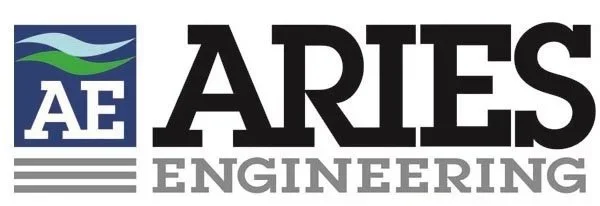PCB Self-Implementing Plan (SIP)
Waterfront Marina Services
Seacoast, New Hampshire
Client Challenge - Phase I
In 2014, a prospective buyer of a business specializing in waterfront and marina support services, on the Seacoast of NH retained a firm to conduct a Phase I Environmental Site Assessment (ESA) and a limited Phase II ESA. During the site investigations, polychlorinated biphenyls (PCBs) were detected in one out of seven borings, at a concentration above the NH-DES Soil Standard of 1.0 ppm. Based on the owner’s intent to sell the property, the best option was to remove the impacted soil. The impacted soil was excavated, and testing was performed according to NH-DES regulatory requirements.
Phase II
From the initial PCB detection in 2014 through contacting Aries in 2021, assessments were performed, concentrations of PCBs were found to exceed the U.S. Environmental Protection Agency Toxic Substances Control Act (TSCA) threshold for PCBs, and a remediation project was completed by others but did not meet regulatory requirements. In 2021, Aries was retained by the current property owner to develop and implement a final characterization plan (testing), determine the extent of PCB impacts, and provide a final remediation design which included the removal of some PCBs and isolating some residual PCBs under a cap to achieve regulatory requirements.
Comprehensive Solutions - Phase I
Aries conducted a comprehensive review of all project documentation, including current site conditions and the original design concept. Following this evaluation, our team developed targeted adjustments to the initial design and introduced an upgraded project approach. Aries then met with the Owner to present adjustments, focusing on strategies to enhance project success and build upon existing progress to achieve a cost-effective outcome.
Adjustments to Original Design Concept and Added Services
Increased impermeable area from a 2,500 SF concrete pad to a larger, 5,000 SF concrete pad to better serve Client needs for boat storage.
Utilize concrete blocks and stones removed from the cove, for replacement along the top and sides of the slope above the cove.
Additional tree and wetland buffer inventory and protection measures will be needed, to support the larger concrete pad size.
Additional stormwater and erosion controls will be needed.
Stormwater and erosion controls assessment
Construction, Permitting Coordination and Assistance
Supplemental PCB Analysis
Permitting Services
Aries’ team has decades of expertise in preparing complex permit applications. As Project Manager we worked on the entire life cycle of the permitting process, from pre-application meetings with State & City Regulators to notifications, assessments, and documentation preparation. Aries anticipated regulatory requirements at every stage, facilitating permit approvals, enabling uninterrupted progress with the project.
Phase II
Aries finalized the Self-Implementing Plan (SIP) for submission to the USEPA Region 1 TSCA Program, meeting the requirements of 40 CFR 761.61 (a) to remediate PCBs present at concentrations >1 ppm. This followed an initial SIP from December 2020. The Final SIP included the most recent data, Aries updates, and key components:
Description of the Site history and PCB use history.
PCB site investigation and cleanup activities performed to date.
Site map showing PCB sampling locations.
Site plan, cross section(s) and details presenting the proposed cap limits and construction.
Laboratory Analytical reports.
Quality control information.
Deed notation documentation.
Beneficial Outcome - Phase I
In June of 2025, the project was granted a Wetland Conditional Use Permit by the City of Portsmouth for the remediation of PCBs and associated impacts within the tidal wetland and previously disturbed wetland buffer areas at the site.
In September 2025, the project team received approval from NHDES and U.S. Army Corps of Engineers to proceed with the remediation work and saltmarsh restoration activities.
Phase II
We are anticipating a 2026 project completion.

